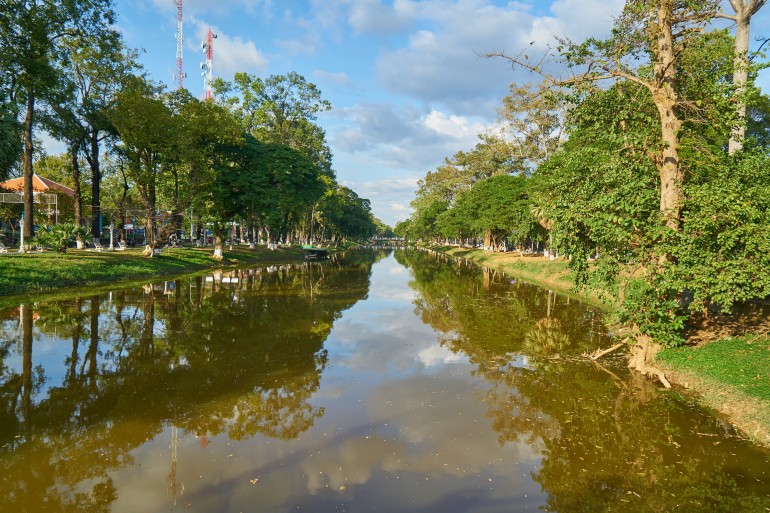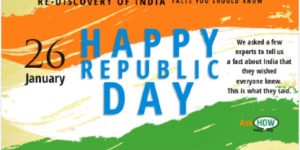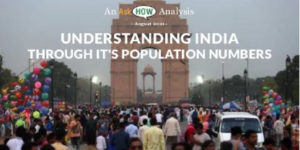Mithi River: Another health crisis that needs COVID like responsefeatured

What is needed to increase credibility of the Action Plan for cleaning Mithi river
Now that the monsoons are here, you will probably see the “Mithi River” in discussions more often. The overflowing of the Mithi causes much “traas” for the Mumbaikar – traffic jams, stopped trains, inundation of houses in low lying areas, etc. However, the chronic pollution of Mithi causes more damage all year round; I am hoping that this will get more attention in context of COVID. Several lakh people live near this stinking nullah, and wash themselves and clean utensils in it. With pollution level over 25 times acceptable level due to flow of human waste, Mithi has been described in a NEERI report as “a hub for harmful diseases like dengue, malaria and chikangunya, etc”. The same sewage flows into the city during flooding. It also flows into the sea all year around, impacting marine life also. If there is a need to bring the health crisis closer home, the same infected people also work in your homes or offices, serve you in restaurants, deliver your parcels, etc.
Surely there must be a plan to clean the Mithi? And there is! In March 2019, MPCB has submitted its “Report on Action Plan for Mithi River” to CPCB. The Report spells out the following “deliverables” by 2023 (with possibility of slipping to 2025)
- 100% sewage collection and treatment
- 100% Municipal Solid Waste (MSW) collection, transportation and treatment
- Achieve river water quality of bathing standards by 2023
- Augmentation of river flow and restoration of water quality by 2024
However, there are reasons to be skeptical about the success of the plan until reasons for insufficient success of previous plans are underlined and addressed.
- History of several reports and action plans. NEERI prepared a report in 2011, which reviewed 12 reports, since 1974 (6 of those after 2005), and highlighted that many of the recommendations in those reports continue to remain relevant, but not-implemented. Another decade later, while some of the actions for deepening of Mithi (to increase water carrying capacity) have been implemented, most recommendations that would improve water quality remain work-in-progress.
- Lack of detail on what will be done differently this time. Both measures, cleaning of sewage and collection of solid waste, have been on the city’s agenda for two decades.
- The 8 operational Sewage Treatment Plants (STPs) in Mumbai, for example, produce output that has roughly twice the permitted level of pollutants. Neither the plan, nor Maharashtra Pollution Control Board’s report on inadequate performance of existing STPs, diagnose why this is so, or clarify why this would not be the case in future. A second challenge is laying of sewage lines in slums, and keeping pumps functioning effectively, to transfer sewage to the STPs. Both these issues will require more than just funds being allocated.
- Similarly, insufficient solid waste treatment capacity, and inability to identify land for scientific landfill, have been hurdles to preventing solid waste being thrown into the river. A recent report by Praja highlights that 37% of Mumbai’s solid waste still remains untreated, and that the Deonar dumping site is now 88 years old, while the prescribed active landfill lifespan is 10-25 years.
3. No change in regulatory mechanism to enforce accountability. Maharashtra Pollution Control Board (MPCB), which is authored the Action Plan, is a regulator, with little role in actual implementation of the plan. The implementation responsibility is with Water Resource Department (GOM), Urban Development Department (GoM) and Municipal Corporation of Greater Mumbai. The plan mentions the following –
- RRC (River Rejuvenation Committee) has asked Water Resource Department (GoM) to maintain minimum e-flows and watershed management, plantation on both sides of the river and setting up of bio-diversity parks
- MCGM has proposed budget of 4000 Crores for 8 STPs, with completion by 2024-25
- UDD has approved DPR of 388 Urban Local Bodies for Solid Waste Management. 2560 Crores approved, and solid waste management issues will be resolved by December 2019
3(a) These agencies face conflicting priorities and challenges; and State Pollution Control Boards rarely exercise their powers against other State agencies. The chiefs of the implementing agencies, in fact, sit on the Board of MPCB. The Mithi River Development & Protection Authority (MRDPA), formed after the 2005 floods to clean up Mithi in 10 years, finds no mention in the 2019 Plan.
3(b) Courts and NGT have also been particularly active; but by their nature, they are more effective in preventing “wrong actions”, than in driving the right actions in a time bound manner. For example, in August 2017, the Supreme Court ordered stopping deepening, widening and blasting operations in the river, after Rs 1200 Crores had been spent on these to increase the water carrying capacity of the river.
So, how can the plan be made more credible, then. In addition to addressing the above issues, it would help to have a more detailed plan, with intermediate timelines, and with regular progress updates. This would help ensure that this important issue remains center stage round the year, instead of only during the monsoons. For example, the tenders for procurement of STPs got cancelled in March (losing over 6 months of effort), and there is no visibility on the revised timeframe. We have all got used to daily updates on the COVID numbers. We need to get used to monthly (or quarterly) updates on the progress of cleaning Mithi also, instead of waiting till 2023. We would need to be as interested so the onus is on us too.
The Action Plan needs to be more comprehensive, too. NEERI’s 2011 report expressed a concern, that there is no final vision for Mithi river rejuvenation. Perhaps that has also been a reason for piecemeal implementation of various components. A report in Hindustan Times in December 2009 had the following by-line – “By 2011, you could be sailing on the Mithi, which would be surrounded by green walkways and people strolling on bridges connecting its bays”. While the latest Action Plan offers no such paradise-like vision, “water quality of bathing standards” and “augmentation of river flow” are elements of a “vision” in the 2019 Action Plan. There is also mention of plantation on both sides of the river and setting up of bio-diversity parks, though these are not listed in the “deliverables”. Various expert reports (referred in point 1 above) have recommended creation of a 50m buffer zone on both sides of the Mithi. (In its 2006 report, IIT Bombay suggested a 200m “ecozone” on both sides). This is certainly very difficult to do, given socio-economic and legal issues, but the Dharavi Redevelopment Plan continues to be on the Government agenda (which would, presumably, also create a no-building distance from the river edge).
In summary, the action plan would be more credible, if it clearly articulates responses to the “how” of cleaning Mithi? How will 100% sewage be collected and the STPs remain efficiently operational? How will 100% solid waste be collected and treated and landfilled? How will the banks of the Mithi be made into a buffer zone? More on the challenges in addressing these “Hows” in our infocapsule that will follow.
Author –
Manish Agarwal
(Infrastructure specialist &AskHow volunteer. Blogs are personal views.)
_________
Reports referred above can be found at



